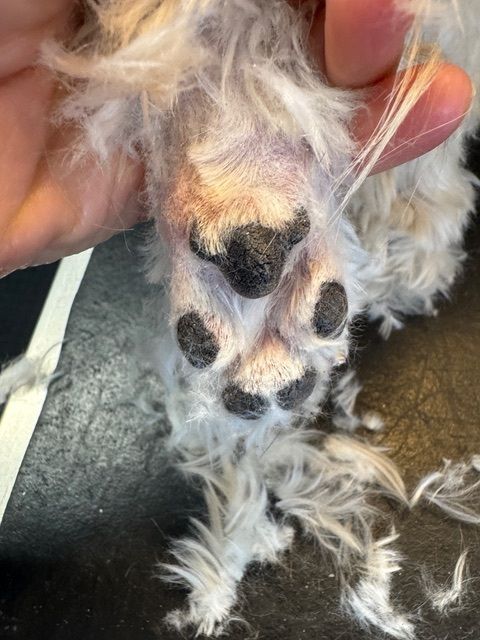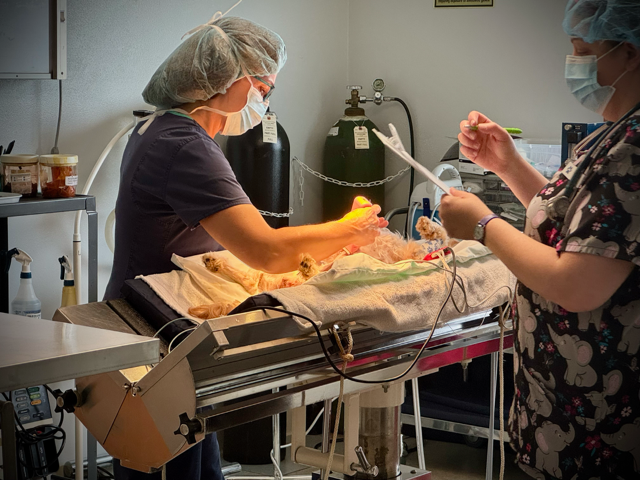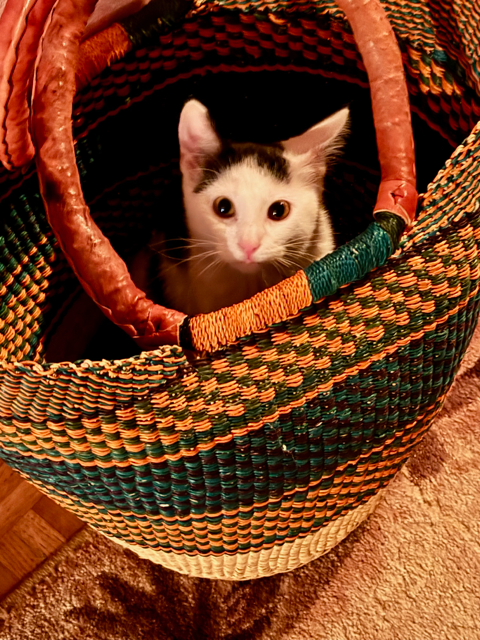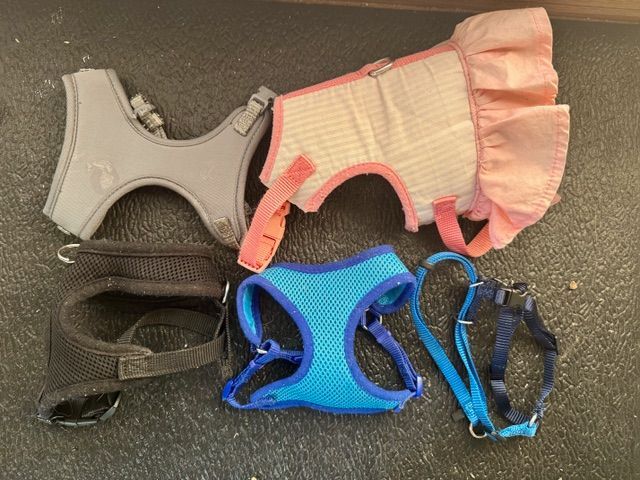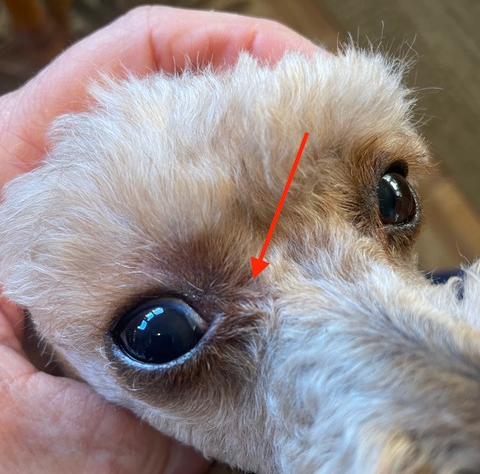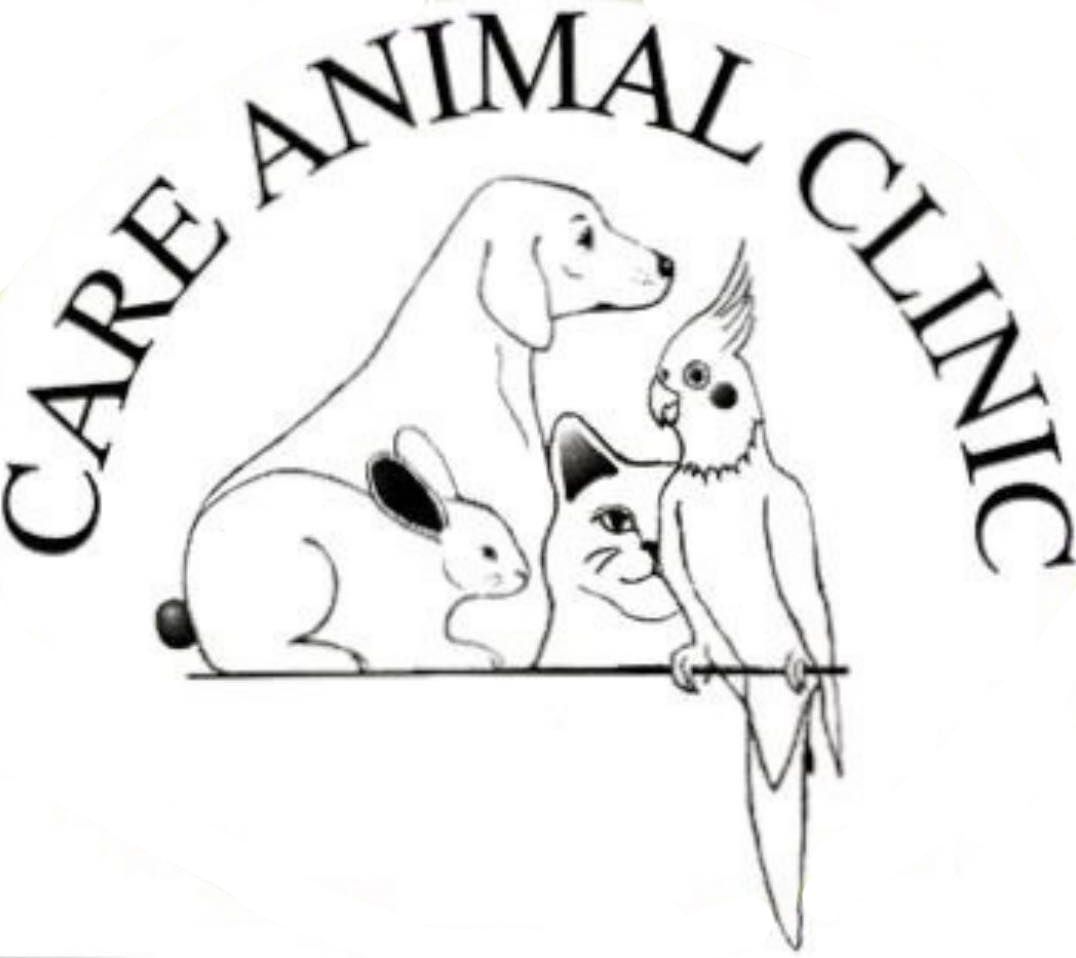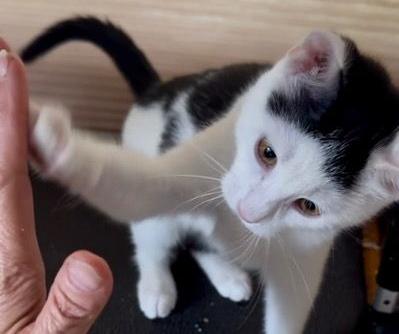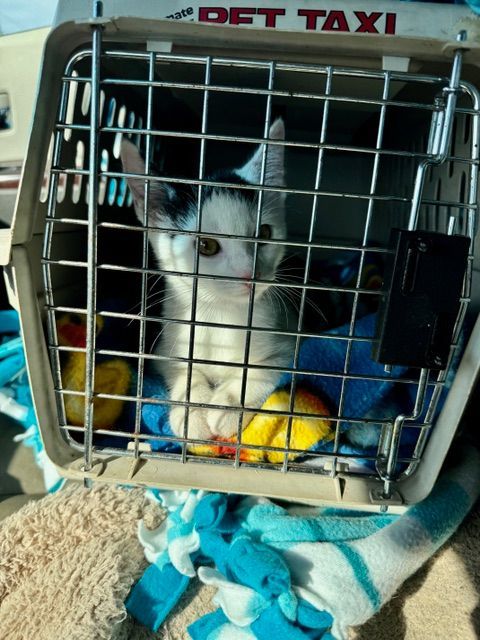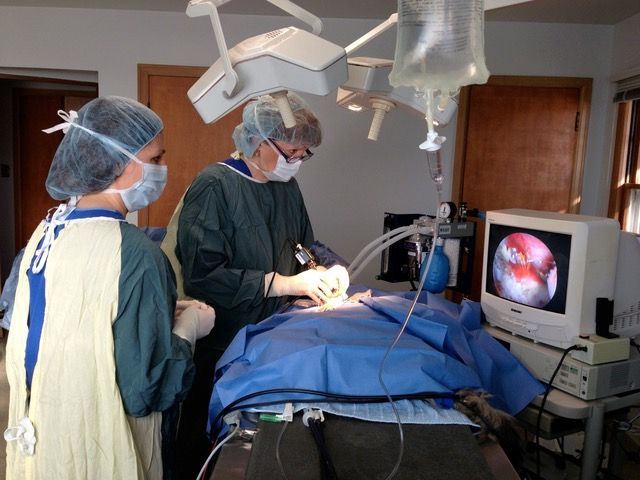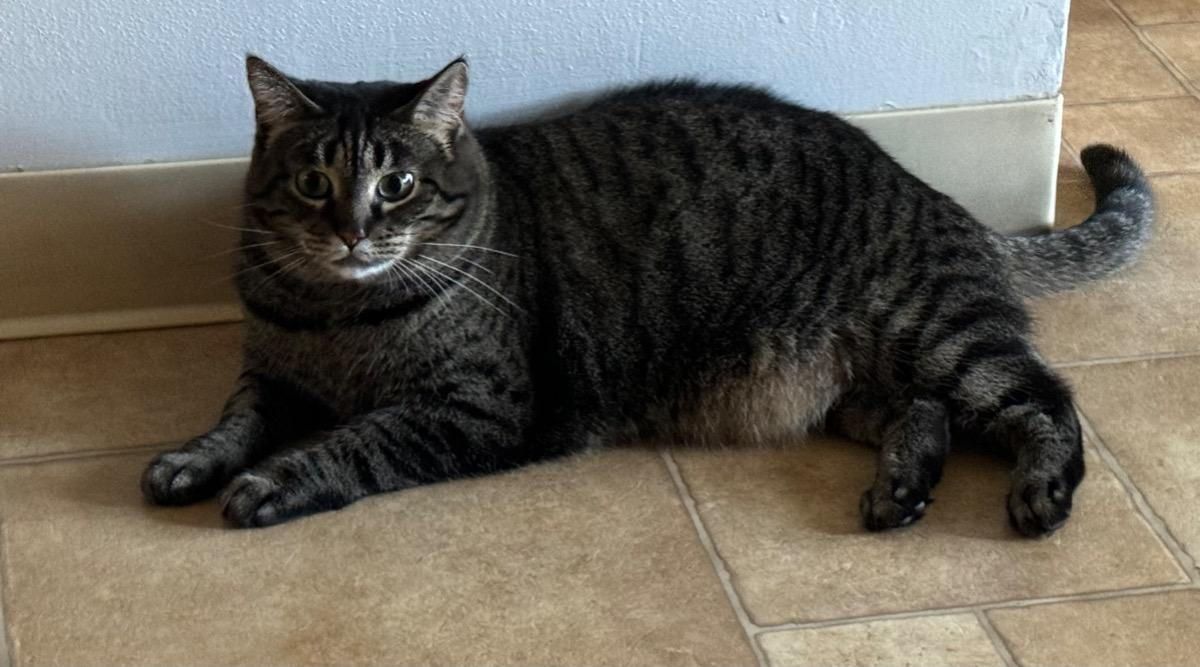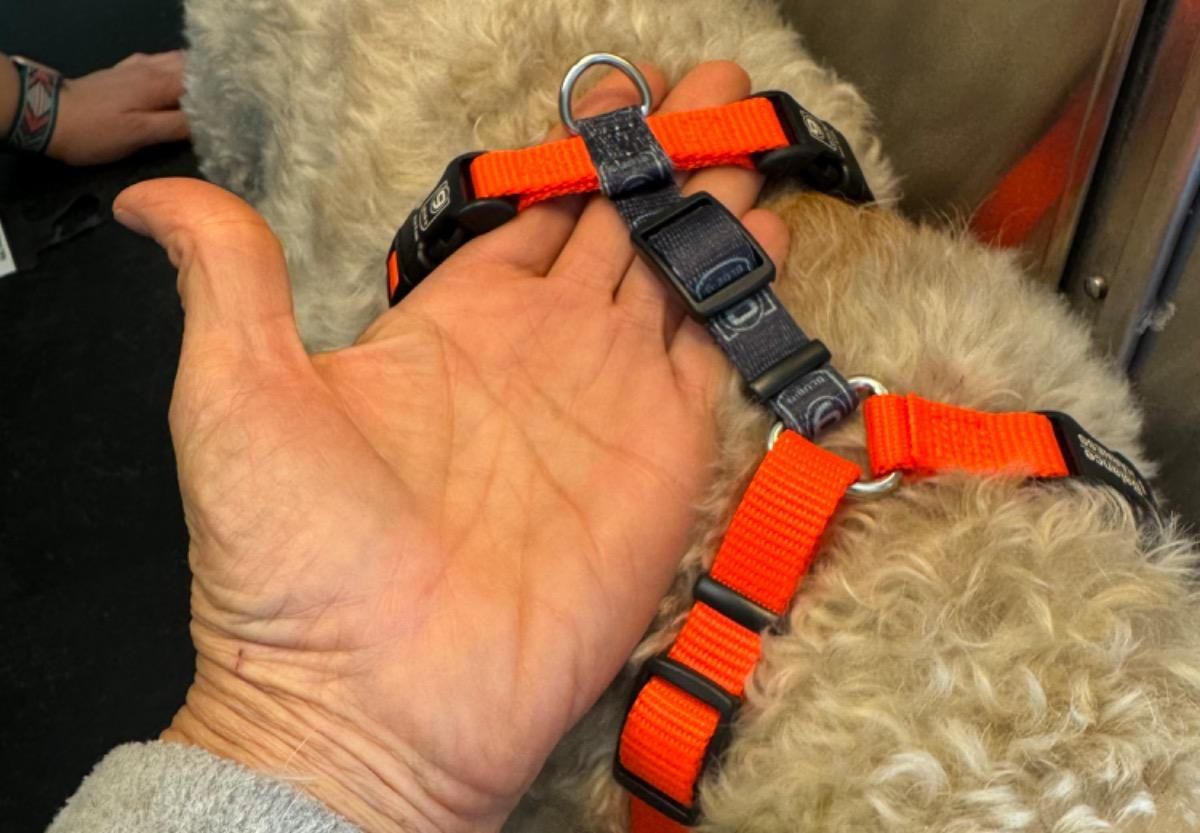Palliative Care for Old Cats
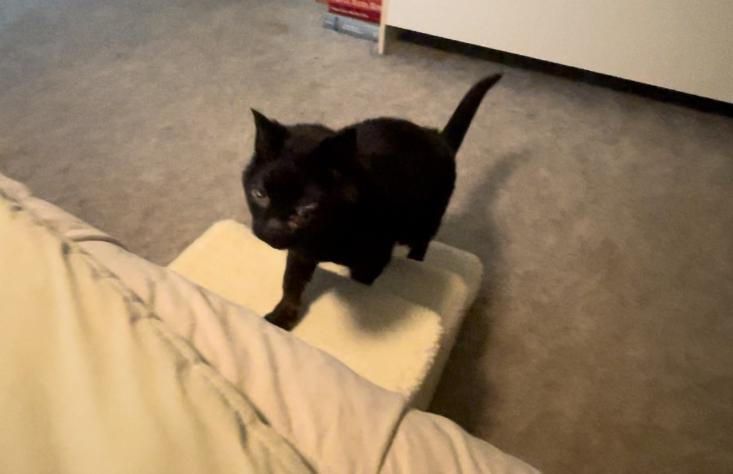
As our feline friends age, they may require extra care to maintain their comfort and quality of life. Cats can live well into their teens and even early twenties, and with proper care, we can help them enjoy their later years. From their early days as playful kittens to their serene senior years, our homes and routines must evolve to meet their changing needs.
1. Tailored Nutrition
Feeding Stations: Create a feeding station with a variety of food options. Aging cats often become more selective about their diet, and providing different brands and flavors throughout the week can help satisfy their palate. Consider offering gruel made from their favorite foods blended into a slurry, which is easier to lick than dry kibble.
2. Accessible Living Spaces:
-
Furniture Adjustments: Ensure all areas of your home are easily accessible. Adding steps or ramps to furniture like the couch and bed allows your cat to comfortably reach their favorite spots without straining. This simple adjustment can significantly enhance their ability to interact and rest.
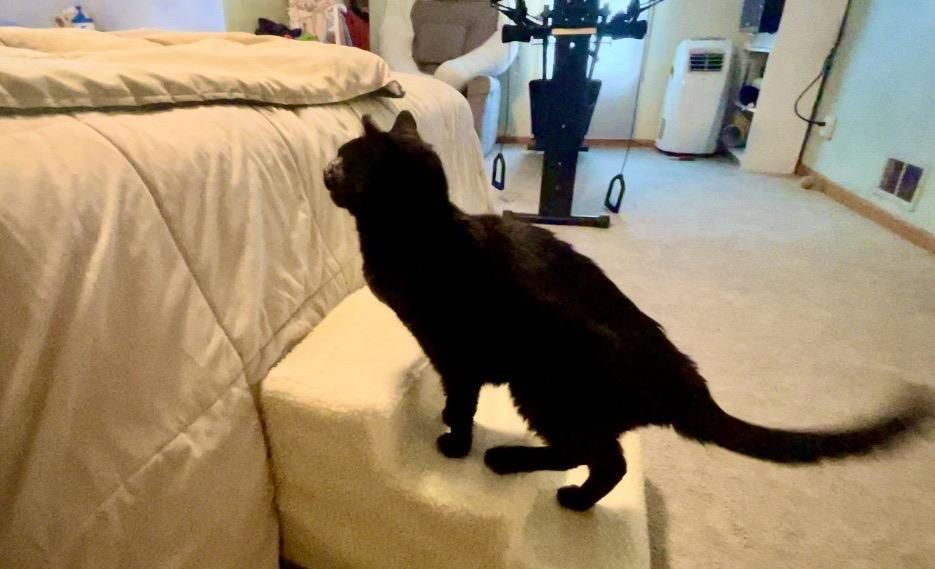
3. Therapeutic Touch:
- Massages: Gentle massages can be incredibly soothing for aging cats, promoting better sleep and appetite. Use a light hand to massage under the belly and chest, and gently knead their back. You’ll know they appreciate it if they turn for more, knead with their paws, or start purring.
See our massage for cat videos
* Extra Cat Care Massage for the Head
4. Convenient Litter Box Placement:
- Location and Accessibility: Moving the litter box closer to your cat’s living area can make it easier for them to access. Opt for a box with low sides to allow for easy entry and exit, which is particularly helpful for cats with reduced mobility.
5. Hydration and Health:
- Fluid Therapy: Older cats are prone to dehydration. Your veterinarian can recommend fluid therapies that you can administer at home to maintain optimal hydration levels.
At home should be in a safe and convenient location that is not the sleeping or eating areas so that those comfort areas are not associated with fluid treatments.
- Checking for Dehydration: A simple way to check for dehydration is by gently lifting the skin along their back in a tenting motion. If the skin quickly snaps back into place, they are adequately hydrated. If it remains tented, this indicates dehydration and may necessitate veterinary intervention for IV fluid therapy.
6. Grooming:
- Daily Grooming Routine: Help your aging cat with their hygiene by grooming them daily with a comb or soft brush. Older cats may struggle with self-grooming due to mobility issues or arthritis, and regular grooming helps remove loose hair and maintain skin health.
Keeping up with nail trims will reduce foot injuries and discomfort.
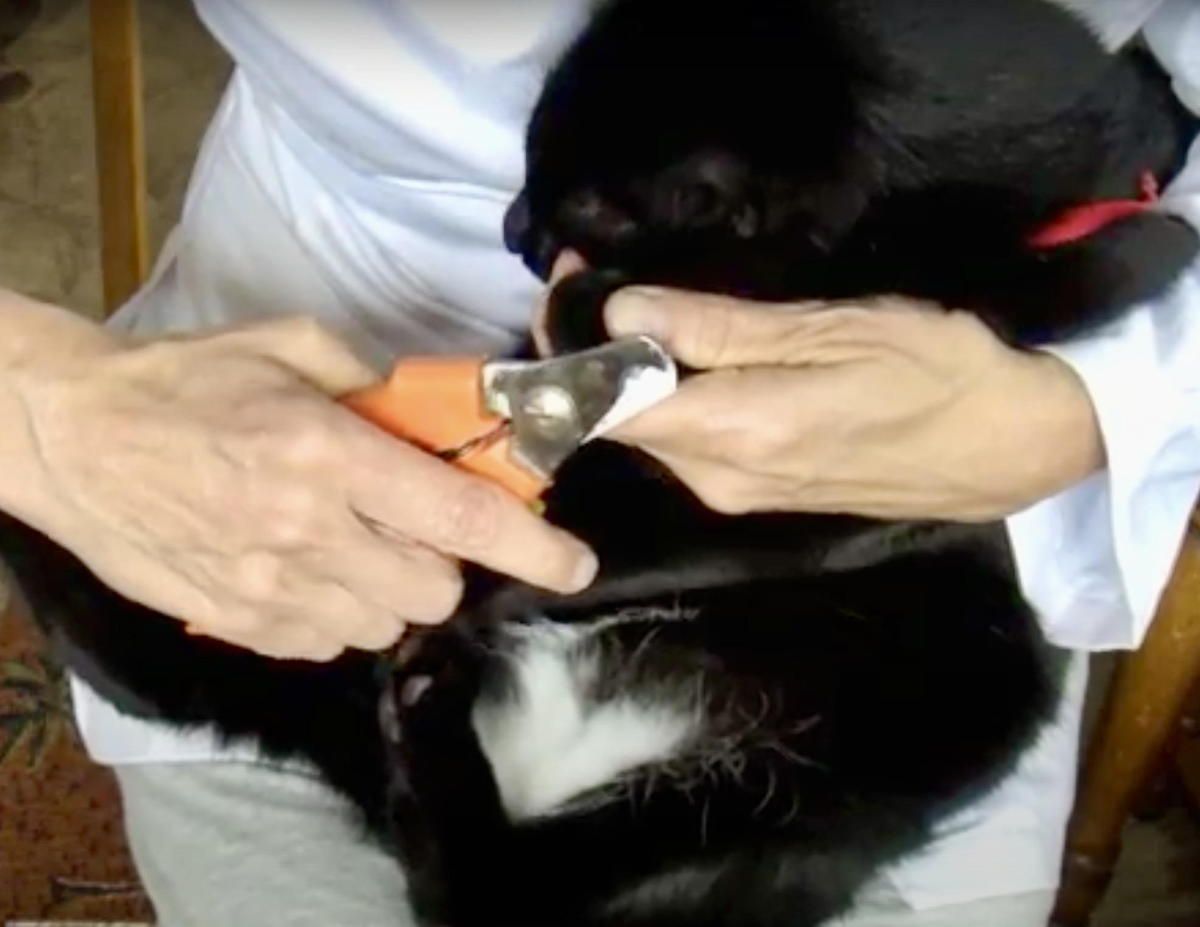
A short review of nail trimming for cats. * Cat Nail Trimming
By making these adjustments and providing attentive care, you can significantly improve your aging cat’s comfort and well-being. Always consult with your veterinarian to ensure you’re meeting their specific needs, and cherish these precious moments with your loyal companion.
Remember, the goal of palliative care is to ensure that our aging feline friends enjoy their golden years with dignity, comfort, and love.
